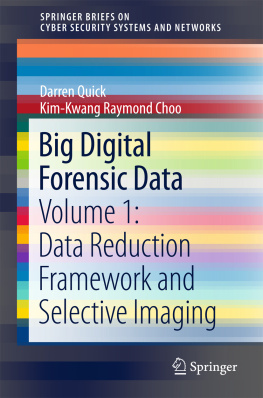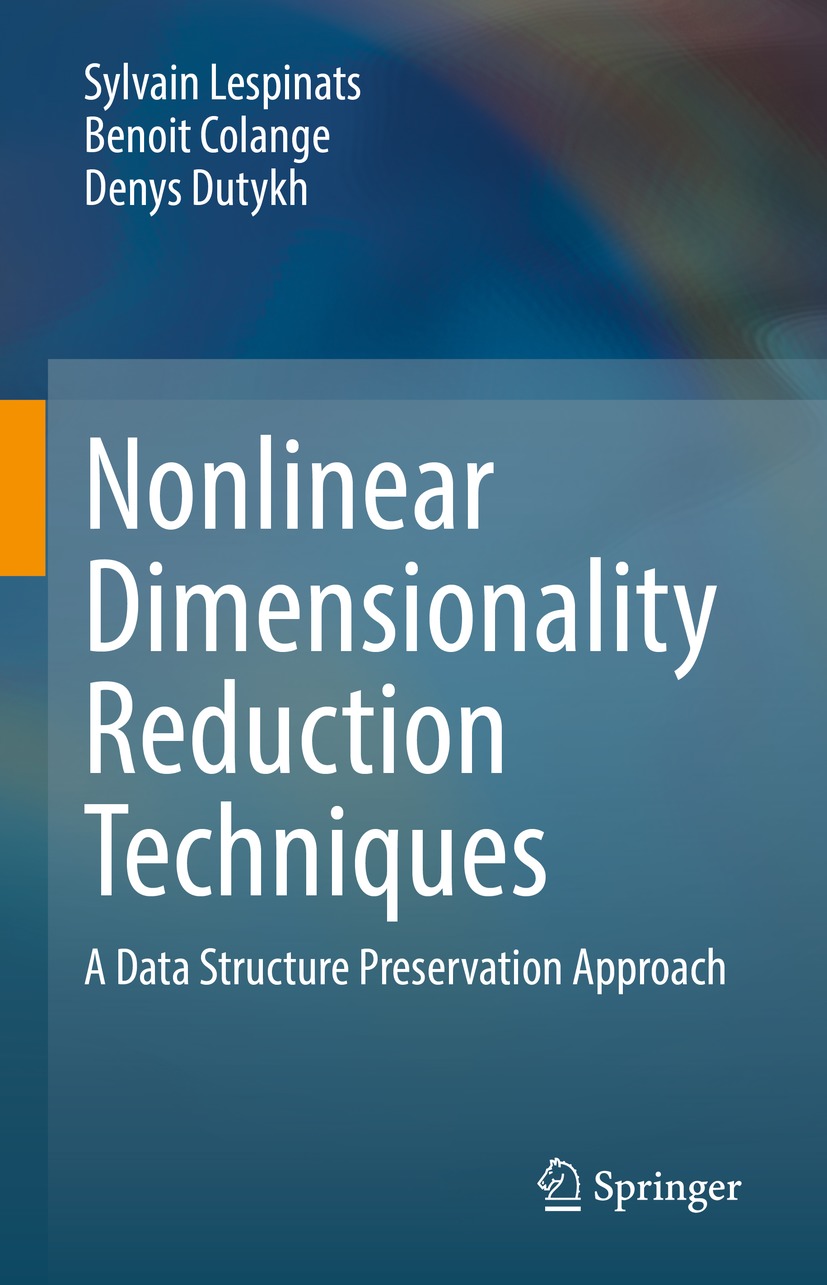Sylvain Lespinats , Benoit Colange and Denys Dutykh
Nonlinear Dimensionality Reduction Techniques
A Data Structure Preservation Approach

Logo of the publisher
Sylvain Lespinats
National Institute of Solar Energy (INES), Grenoble Alpes University, LE BOURGET-DU-LAC, France
Benoit Colange
National Institute of Solar Energy (INES), Grenoble Alpes University, LE BOURGET-DU-LAC, France
Denys Dutykh
CNRS - LAMA UMR 5127, Universit Grenoble Alpes, Universit Savoie Mont Blanc, Campus Scientifique, Le Bourget-du-Lac, France
ISBN 978-3-030-81025-2 e-ISBN 978-3-030-81026-9
https://doi.org/10.1007/978-3-030-81026-9
The Editor(s) (if applicable) and The Author(s), under exclusive license to Springer Nature Switzerland AG 2022
This work is subject to copyright. All rights are solely and exclusively licensed by the Publisher, whether the whole or part of the material is concerned, specifically the rights of translation, reprinting, reuse of illustrations, recitation, broadcasting, reproduction on microfilms or in any other physical way, and transmission or information storage and retrieval, electronic adaptation, computer software, or by similar or dissimilar methodology now known or hereafter developed.
The use of general descriptive names, registered names, trademarks, service marks, etc. in this publication does not imply, even in the absence of a specific statement, that such names are exempt from the relevant protective laws and regulations and therefore free for general use.
The publisher, the authors and the editors are safe to assume that the advice and information in this book are believed to be true and accurate at the date of publication. Neither the publisher nor the authors or the editors give a warranty, expressed or implied, with respect to the material contained herein or for any errors or omissions that may have been made. The publisher remains neutral with regard to jurisdictional claims in published maps and institutional affiliations.
This Springer imprint is published by the registered company Springer Nature Switzerland AG
The registered company address is: Gewerbestrasse 11, 6330 Cham, Switzerland
To everyone who introduced me to the fun of science including my parents, Mr. Fouillard, Mr. Laurent and Pr. Fertil
(SL)
To my friends and family
(BC)
To Katya, Nicolas and Michel
(DD)
Foreword
It is my honor to write this foreword. I had the chance to work with Drs. Benot Colange, Sylvain Lespinats, Jakko Peltonen, and Denys Dutykh on ClassNeRV, an original and efficient way to compute supervised dimensionality reduction (DR). I have known Sylvain for years as we explored different aspects of DR interpretation (CheckViz) and proposed an early version of ClassNeRV called ClassiMap. In short, we designed a stress function that directs distortions where they have the least impact on the class structure. We wanted to translate this approach into the probabilistic framework of stochastic neighbor embedding techniques (tSNE, NeRV) with the help of Jaakko, one of NeRVs authors. Jaakko was instrumental to interpret the equations of ClassiMap in the new framework, but we got stuck with the constraints of the KulbackLeibler-based formulation of the stress function. Fortunately, Sylvain and Denys engaged Benot for a PhD to develop new tools to analyze energy-related data. Benot solved our problem in no time, coming up with a very elegant and unexpected solution. I let you discover it in Chap. of this book which outlines the core of Benots PhD project. Long story short, it is my real pleasure to introduce this work.
At a time where we face challenging health, financial, and environmental crises, data are collected, stored, and processed at a larger and larger scale in a tentative to better model these phenomena and tackle these problems. Alas, the human brain did not scale up at the same pace, and we bear the same cognitive power as our millennial ancestors. The consequence is these data need to be drastically summarized for us to understand.
Mathematicians defined many summary statistics, from basic numerical values like quantiles to more advanced statistical models (nonlinear regression, deep neural networks, generative, adversarial, and causal models) and more recently topological ones based on MorseSmale theory and persistent homology, etc. Despite this undoubtful progress on the modelization side, end-users of these approaches still trust more their naked eyes than a few or even many numerical indicators to detect patterns these models could have missed. And they are right, some patterns escape detection by the most advanced of the models, or are detected but not explicitly encoded, pushing the need for more interpretable and even explainable models that let the user know what patterns the model discovered. In short, we will not avoid the need for data visualization and visual analytics, and multidimensional projections and related techniques are among these approaches which can preserve quite a broad range of similarity-based patterns difficult to detect with more automatic models.
I have grown my expertise for 20 years in both these fields, machine learning for clustering, dimension reduction, and topological data analysis on the one hand, and visual analytics for guiding the interpretation of these models, on the other hand, seeking techniques that would bridge the gap between high-dimensional data and human understanding. Therefore, I am well-versed in these domains to appreciate the depth and breadth of the present work and its foreseeable impact.
By reading this book you will touch upon some of the toughest challenges faced by data scientists and domain experts when it comes to explore and analyze high-dimensional continuous data in search of meaningful patterns. The authors propose original approaches to estimate local data intrinsic dimensionality (TIDLE); to compute meaningful maps that account for that information (ASKI) and better preserve the structure of the classes (ClassNeRV, ClassJSE); to help interpret the visual patterns these maps display (MING) avoiding misuse or disuse of the map; to evaluate maps quality with new class-aware indicators; and to map out-of-sample data onto an existing layout. Technical details and context are given with all the necessary explanations for non-experts to enrich their skill set. The proposed techniques are applied to various analytic problems in smart-building, photovoltaics, and batteries that will inspire the practitioner to try out the same in their own domain. At last, students and researchers will find an excellent introduction to the topic and food for thought to further their own research projects. Finally, I hope you will enjoy the reading as I did.
Dr. Hab. Michal Aupetit
Senior Research Scientist at
Qatar Computing Research Institute
Hamad Bin Khalifa University
maupetit@hbku.edu.qa
https://www.hbku.edu.qa/en/staff/dr-michael-aupetit/
Doha, Qatar
May 24, 2021
Preface
A teacher can never truly teach unless he is still learning himself. A lamp can never light another lamp unless it continues to burn its own flame. The teacher who has come to the end of his subject, who has no living traffic with his knowledge but merely repeats his lessons to his students, can only load their minds; he cannot quicken them. minds; he cannot quicken them.

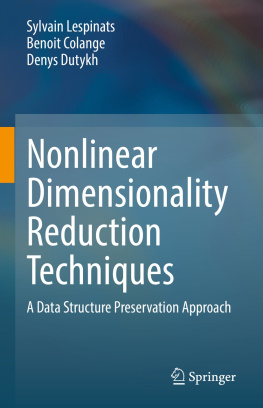


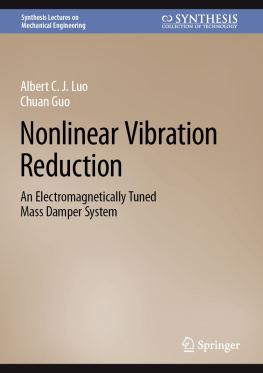
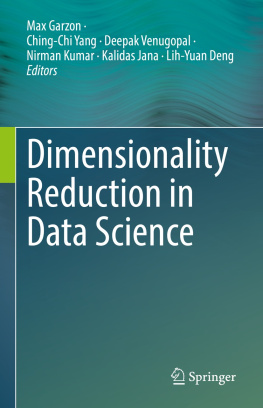
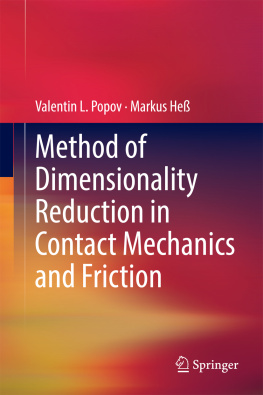
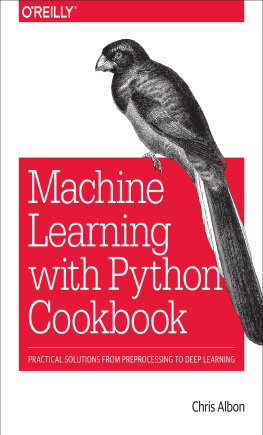
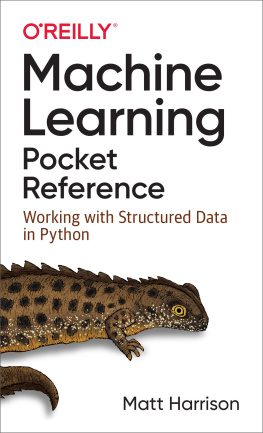
![Alexey Grigorev [Alexey Grigorev] - Mastering Java for Data Science](/uploads/posts/book/119620/thumbs/alexey-grigorev-alexey-grigorev-mastering-java.jpg)
![Zacharias Voulgaris PhD [Zacharias Voulgaris PhD] - Julia for Data Science](/uploads/posts/book/119586/thumbs/zacharias-voulgaris-phd-zacharias-voulgaris-phd.jpg)
